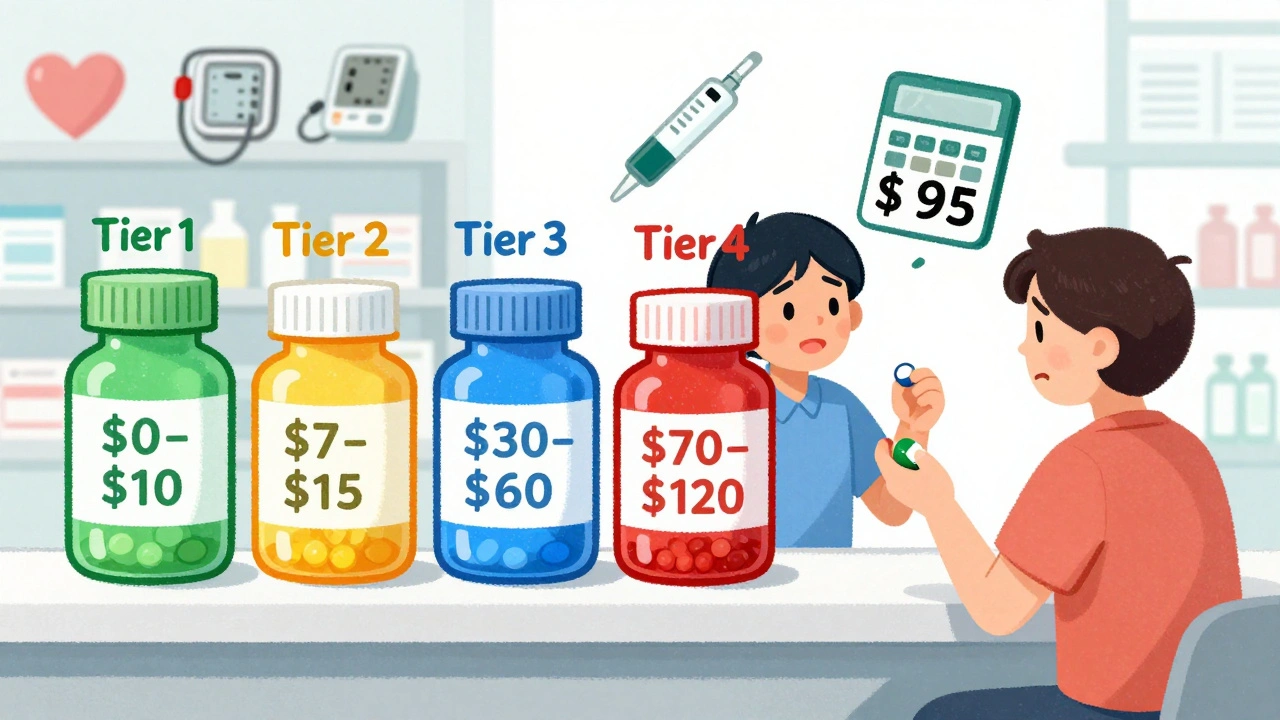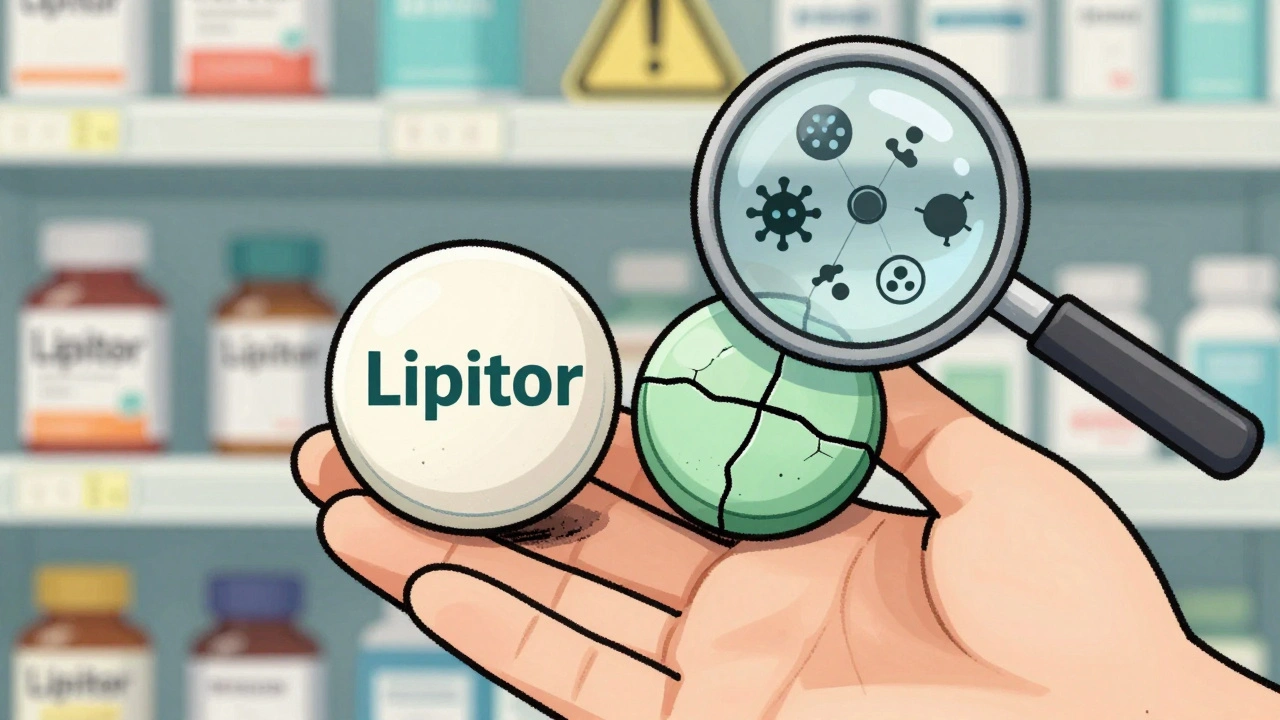Lithium: What You Really Need to Know
Lithium is a well-established medication mainly used as a mood stabilizer, particularly in treating bipolar disorder. If you or someone you know is considering lithium therapy, it’s key to understand how it works, what benefits to expect, and what risks come along. This article breaks it down so you get the essentials without a headache.
How Lithium Helps and When It’s Used
Think of lithium as a steadying force in a stormy brain. It’s mostly prescribed to manage bipolar disorder, helping reduce mood swings between mania and depression. Beyond mood stabilization, lithium is sometimes used in other mental health contexts, but bipolar remains its top application. It’s not a quick fix and often requires consistent use and monitoring, but for many, it’s a game-changer in regaining daily balance.
What You Should Watch Out For With Lithium
Like any strong medicine, lithium isn’t without its dose of caution. Blood tests are a must to keep lithium levels in check because too much can be toxic. Common side effects include increased thirst, frequent urination, and mild tremors. More serious issues might affect your kidneys or thyroid, so doctors will watch these regularly. Staying hydrated and reporting any unusual symptoms right away is key to minimizing risks. Also, lithium can interact with certain medications, so don’t skip discussing your full health picture with your healthcare provider.
In short, lithium is a powerful tool for managing mood disorders, but it asks for respect and care. With the right approach—medical supervision, lifestyle awareness, and honest communication—you can use lithium safely and effectively. Curious about how it might fit into your treatment plan? Talk with your doctor and get the facts tailored to your needs.

Lithium Guide: Benefits, Side Effects, Uses, and Safety Explained
Explore lithium medication: how it works, its benefits, possible side effects, safety tips, and what to ask your doctor. A must-read guide for anyone curious.





